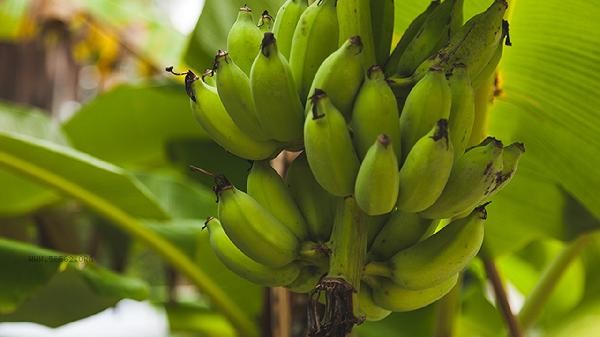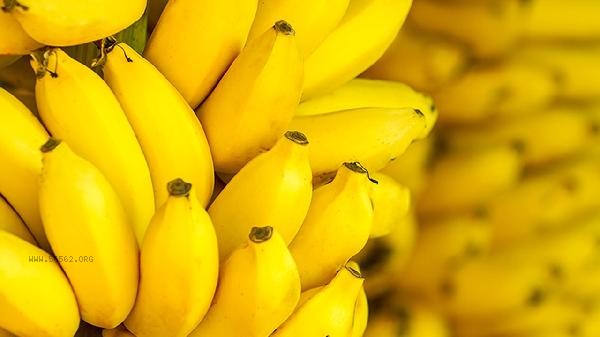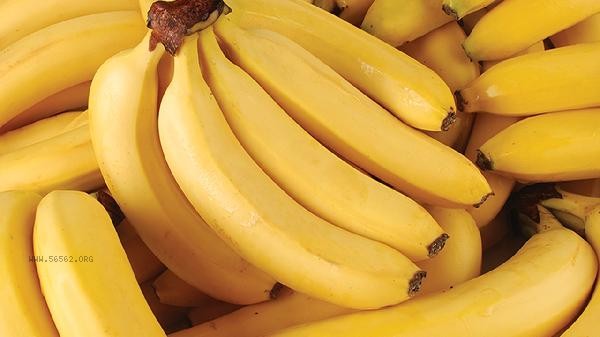After cutting bananas, they can be soaked in lemon juice or vinegar to prevent blackening, or refrigerated to slow down oxidation rate. The blackening of bananas after cutting is mainly due to the enzymatic browning reaction caused by the contact between polyphenol oxidase and oxygen. The acidic substances in lemon juice and vinegar can inhibit polyphenol oxidase activity. Soaking a sliced banana in diluted lemon juice or white vinegar water for about 10 seconds can form a protective layer to isolate oxygen. A refrigerated environment can reduce enzyme activity. Wrapping processed bananas in plastic wrap and placing them in the refrigerator can delay discoloration for 6-8 hours. Please note that soaking for too long may affect the taste, and it is recommended to consume as soon as possible after refrigeration.

Some varieties of bananas, such as Emperor banana, have a slower oxidation rate. If they are sensitive to acidity, they can be directly washed with clean water and sealed for storage. Immature bananas contain more anthocyanins and change color faster when cut than mature bananas. It is recommended to consume them after cooking. Bananas that turn black through oxidation do not affect safety, but nutrients such as vitamin C may be lost.

When storing bananas in daily life, they can be hung in a cool place to reduce pressure and avoid being placed together with fruits such as apples that release high amounts of ethylene. Cut bananas are suitable for making milkshakes, ice cream, or baked goods, which can avoid waste and preserve nutrients. If long-term storage is required, it can be sliced and frozen for making desserts, and can be stored for about a month in a frozen state.









Comments (0)
Leave a Comment
No comments yet
Be the first to share your thoughts!